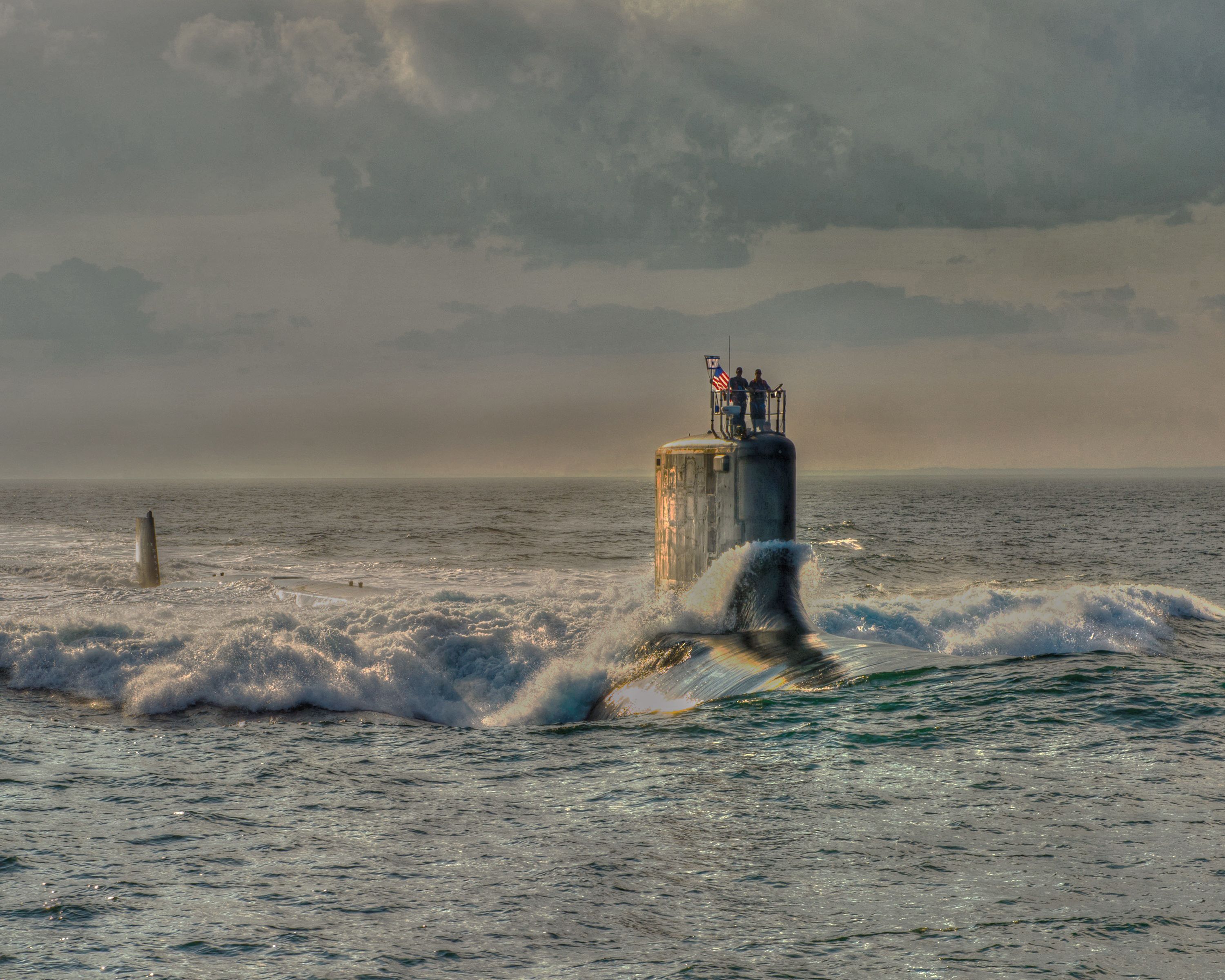Australia can expand its engagement and influence in the Indian Ocean Region through port development, leveraging its expertise in the sector. In doing so, it can join with the United States, India and Japan in offering an alternative to China’s growing influence in the region’s maritime infrastructure.
Despite proximity to Australia, many countries in the Indian Ocean Region, including small island states, do not recognise Canberra as a preferred infrastructure development partner. This perception is understandable, as the modest scale of Australia’s investments signals a less committed presence in the region.
Australia has an opportunity to engage because important aspects of its port operations, notwithstanding local factors that hold back its own productivity, are quite advanced. Its knowhow would be valuable for countries in the Indian Ocean region.
By focusing on this sector, Australia can raise its regional profile and contribute to filling an important gap in the region. This approach also aligns with the goals of the recently announced Quad Ports of the Future Partnership, thereby also strengthening Australia’s role in the partnership with India, Japan and the United States.
Underdevelopment of ports is a serious challenge for Indian Ocean states. Despite the economic importance of ports, many in the region operate on outdated infrastructure and are therefore, inefficient, congested and costly to operate.
For instance, no port in the northeast of the region is among the top 10 globally in terms of container handling volume, even though they collectively handle about 30 percent of global shipping traffic. Ports in the Bay of Bengal, such as Colombo (Sri Lanka) and Chittagong (Bangladesh) lag behind in infrastructure, regulatory standards and turnaround times of ships and trucks. Absence of uniform standards and regulatory frameworks exacerbate these inefficiencies.
Shortening ships’ time in port not only accelerates trade processes and reduces costs; it also reduces the carbon emissions of idle vessels.
Australia has advanced port processes and high regulatory standards. A 2022 report on Australian ports highlighted that they were broadly aligned with international benchmarks, particularly in areas such as crane productivity, deployment of technology, and port security. Domestically, Australian port productivity is well known to be poor, but this is due to factors that would not be transferred to Indian Ocean friends: inefficient labour practices and a lack of competition between port operators.
Over the past decade, Australian ports have undergone technology and efficiency transformations. The government has fully implemented the World Trade Organisation’s Trade Facilitation Agreement, an arrangement that improves movement and clearance of goods, leading to automated processes, reduced customs clearance times and enhanced transparency. This has boosted Australia’s trade and logistics efficiency. By comparison, implementation of the agreement across other Indian Ocean countries is only about 40 percent.
Moreover, Australia is at the forefront of integrating decarbonisation measures in port operations. Its ports are increasingly adopting green technologies to reduce carbon emissions, such providing electricity from the shore, bunkering for green fuel, and automated systems. Australia has also partnered with Singapore to establish a Green and Digital Shipping Corridor to promote sustainable and efficient shipping practices bilaterally.
Though Australia sees itself as key actor in the Indian Ocean, it can solidify that status only by making a more significant contribution to economic development in the region and focusing on implementation. Exporting its expertise on port development is one way forward.
Australia can share its expertise in port operation by using existing regional cooperation mechanisms, such as the Indian Ocean Rim Association and the Trade and Investment Facilitation working group, which it led between 2021 and 2023.
Another path is through bilateral cooperation with key regional players. Australia can complement port development efforts of India, the United States and Japan in the northeast Indian Ocean region, such as in Sri Lanka and Bangladesh, focusing on soft initiatives, such as training in digitisation and regulatory standards. This could also be scaled up for port technology transfer, potentially in partnership with Singapore.
Australia’s advanced port infrastructure and regulatory framework provide a strong foundation for its role in promoting port development and processes in the Indian Ocean Region. Through this, Canberra can achieve a threefold foreign policy objective: address the developmental challenges facing countries in the region, enhance its geo-economic presence there and support the commitments of its Quad partners.




.jpg?rect=0,80,3000,1989&fp-x=0.5&fp-y=0.44772296905517583&w=320&h=212&fit=crop&crop=focalpoint&auto=format)




